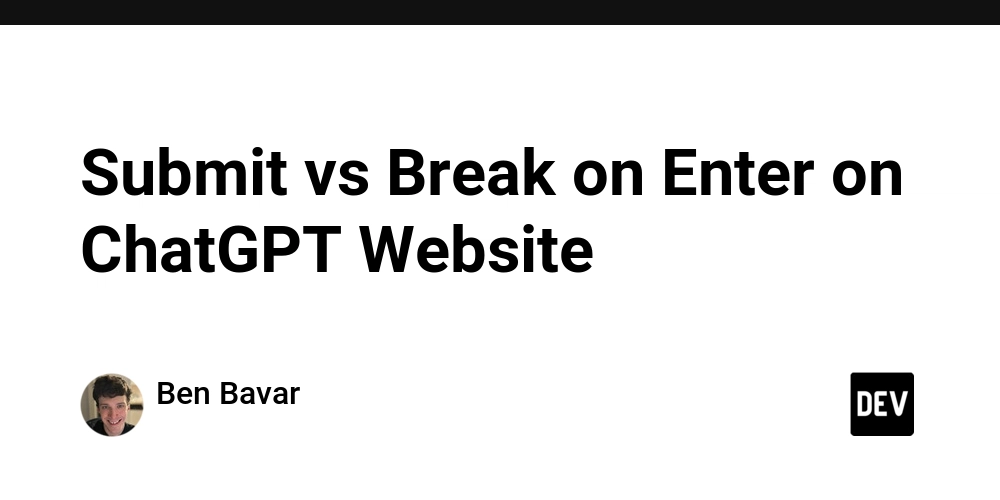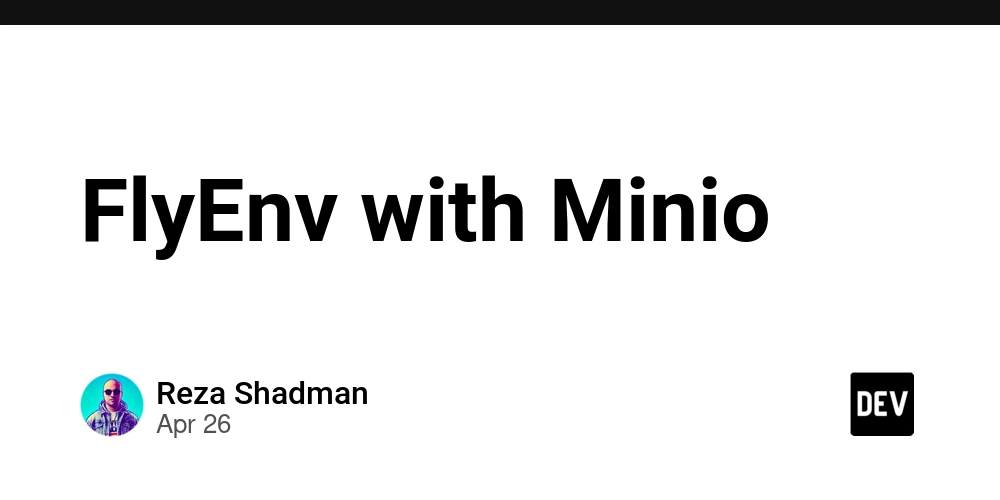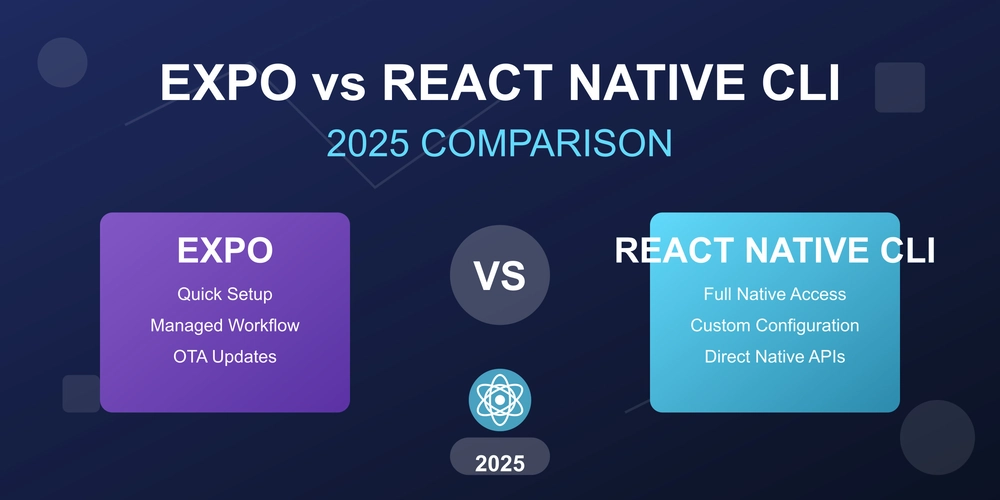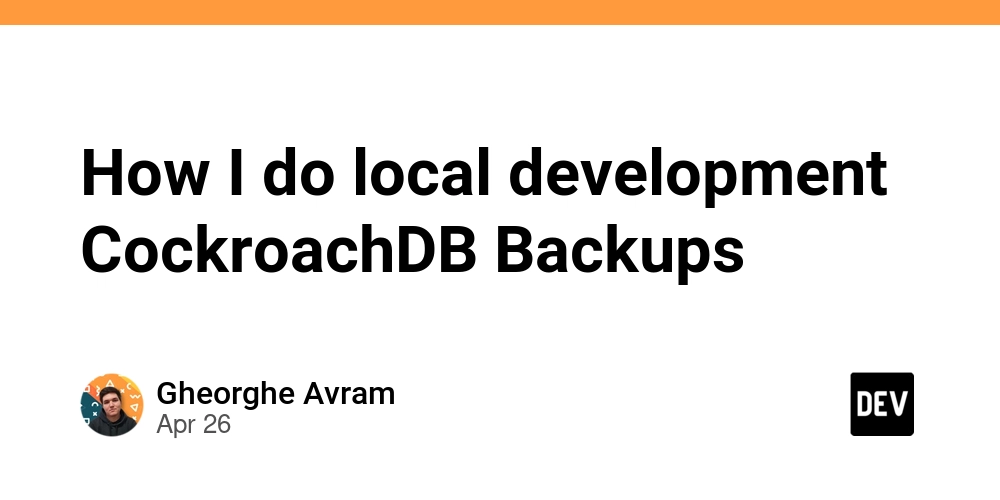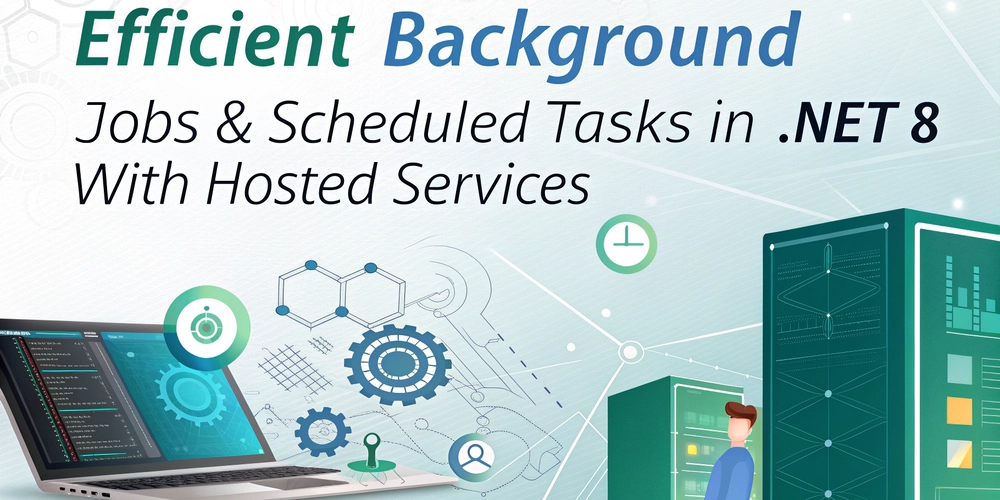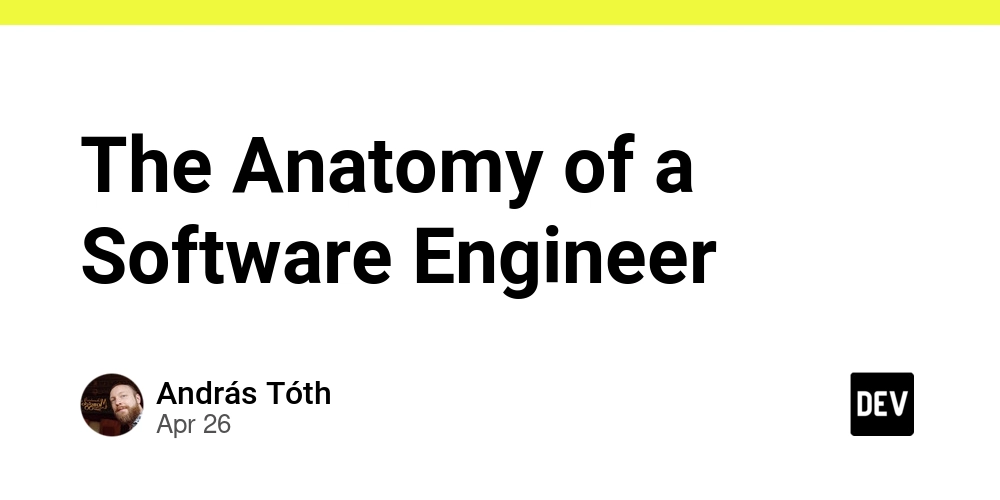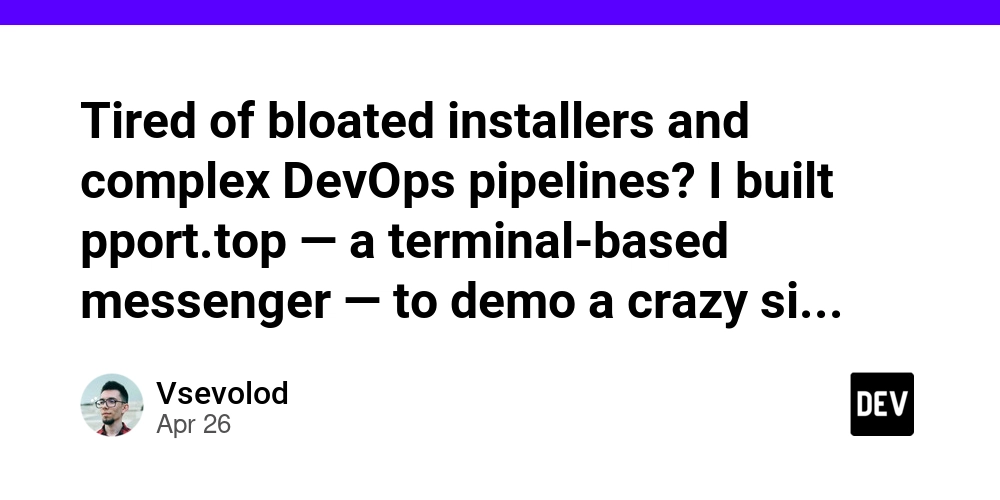
Ditch the DevOps Drama: How I Built a Lightweight Installer (and You Can Too!)
Tired of struggling with cumbersome installers and tangled DevOps pipelines? You're not alone. Many developers face the uphill battle of managing complex systems. I recently tackled this problem head-on by building a streamlined, lightweight installer to avoid the DevOps drama.
The Pain of Bloated Installers: A Developer's Lament
We've all been there. Endless configuration files, gigabytes of unnecessary data, and installation processes that take longer than compiling the Linux kernel. Bloated installers kill productivity. They consume valuable time better spent coding. Think about all the wasted bandwidth!
My Solution: A Lean, Mean, Installing Machine
I decided to create something different: a lightweight installer focused on speed and efficiency. This involved:
- Minimal Dependencies: Stripping away unnecessary libraries and frameworks saves space and reduces conflicts.
- Automated Configuration: Writing scripts to handle common settings ensures every install is consistent and fast.
- Modular Design: Only install what's needed, allowing for customized installations based on user requirements..
This approach allows a more streamlined experience. Implementing a focused lightweight installer ensures efficiency.
Why Bother with a Lightweight Installer? The Benefits Unveiled
So, why go through the trouble of creating a custom installer? Here's a breakdown of the advantages:
- Faster Installation Times: Users will appreciate the quicker setup, leading to higher satisfaction.
- Reduced Disk Space: A smaller installer footprint means less storage needed on both the server and user's machine.
- Simplified Maintenance: Easier to update and troubleshoot a compact, well-defined system.
- Improved Security: Fewer dependencies mean fewer potential vulnerabilities to worry about.
These advantages translate to concrete improvements in efficient DevOps workflows!
Building Your Own: Steps to a Simpler Installation Process
Ready to build your own slim installer? Here's a quick guide:
- Identify Core Dependencies: List the absolute minimum required for your application to run.
- Automate Configuration: Use scripting languages like Bash or Python to handle post-installation setup.
- Use Compression: Minimize the installer package size with efficient compression algorithms.
- Test Thoroughly: Ensure your installer works flawlessly on various systems and configurations.
Real-World Examples: Seeing is Believing
Consider Docker. It streamlines application deployment using containers. These containers are essentially lightweight installers! They include everything needed to run an application. Another example is the use of package managers (like apt or yum) on Linux systems. These managers allow users to install specific software packages.
The Future of Installation: Embracing Simplicity
We need to embrace minimalism. By creating lightweight installers, we can streamline our workflows. A less complex process makes software delivery smoother and more accessible to developers and organizations. A more streamlined experience reduces frustration and wasted resources.










